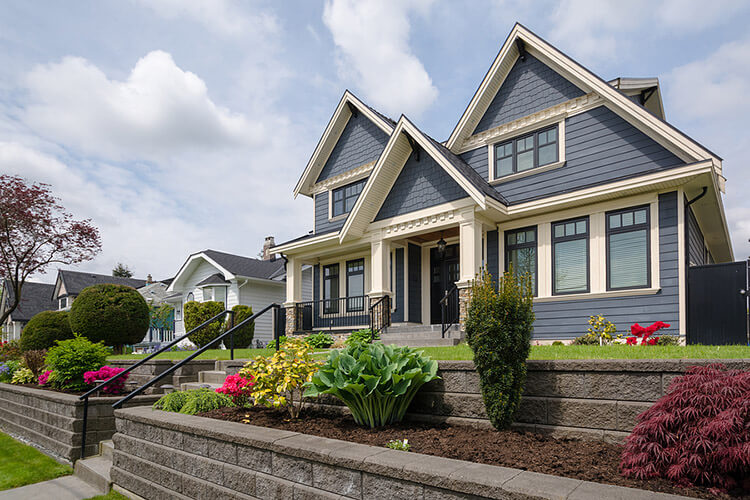
Is home improvement one of your New Year’s resolutions, but you’re up in the air about the specifics? You could start with interior design or remodeling, or go into 2021 strong with a new home exterior that’ll catch the eyes of neighbors and passersby alike. Siding contractors can give your home a makeover that kicks off 2021 with a fresh look that will serve you well in appearance and practicality for the next few decades.
Give your home a completely new look for the new year
If your siding hasn’t been updated in decades, it’s not as vibrant or polished as it used to be after years of day- and year-long exposure to the elements. The next time you look at your home’s exterior, take in the faded colors, scuffed or chipped sections. Can you remember how your home looked the day its current siding was installed? If you bought your home before then and didn’t remodel it, you might remember the change in vibrancy from the original siding to your current one.
Now, imagine your home with siding that isn’t only fresh, but also an intriguing new material, color, or pattern—or all three. In the time between the installation of your current siding and today, siding contractors have worked with newer designs and technology. Your choices are larger than ever, with patterns ranging from traditional lap siding to customized shakes & shingles, and materials that can replicate the appearance of cedar wood.
Update your home’s protection against the elements
Today’s siding materials are better equipped to protect your home from the heat, cold, and moisture. One such material, fiber cement, was pioneered in 1980 by James Hardie and is a favorite of many siding contractors. Fiber cement siding is a powerful material known for its durability, versatile appearance, and easy maintenance. It’s engineered to be resistant to pests, fire, and extreme weather, and can be customized for specific climates, as offered in James Hardie’s HardieZone® product line.
Other popular siding materials include vinyl, wood, and composite materials (stucco, brick, etc.). They offer various levels of protection, so take a detailed look at your options before looking for siding contractors specializing in those materials. Some contractors specialize in multiple materials, while others are especially skilled in particular materials, such as Mares & Dow Construction & Skylights in the Bay Area.
Spruce up your siding with Mares & Dow Construction & Skylights
Kick off the new year with a new home exterior. Contact your local siding contractor Mares & Dow Construction and Skylights today for help with repairing or replacing your siding. With over 40 years of experience, we install and replace fiber cement siding that’s as durable as it is beautiful.

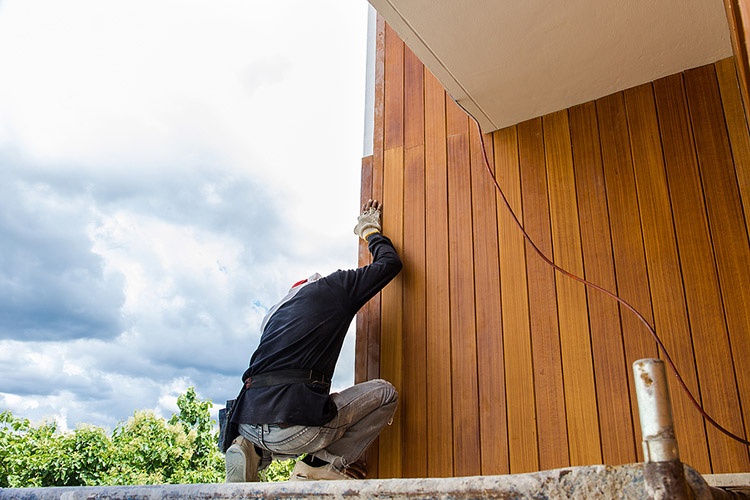
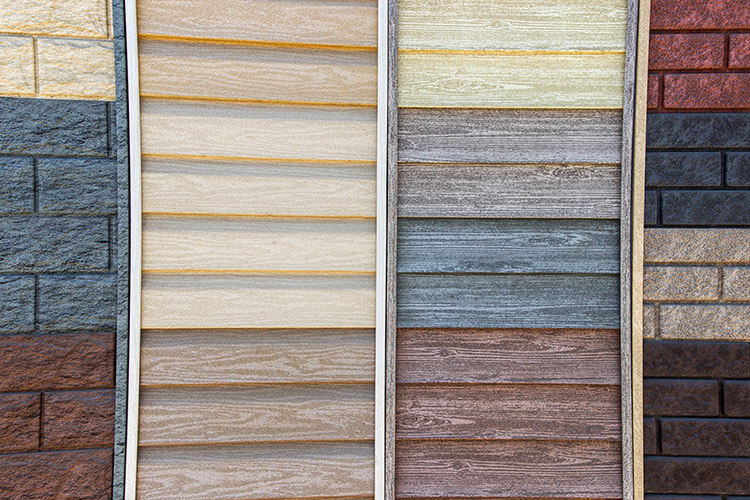
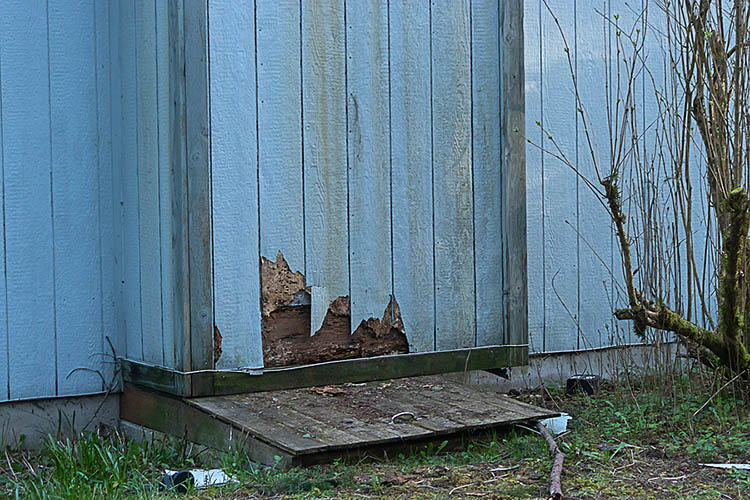
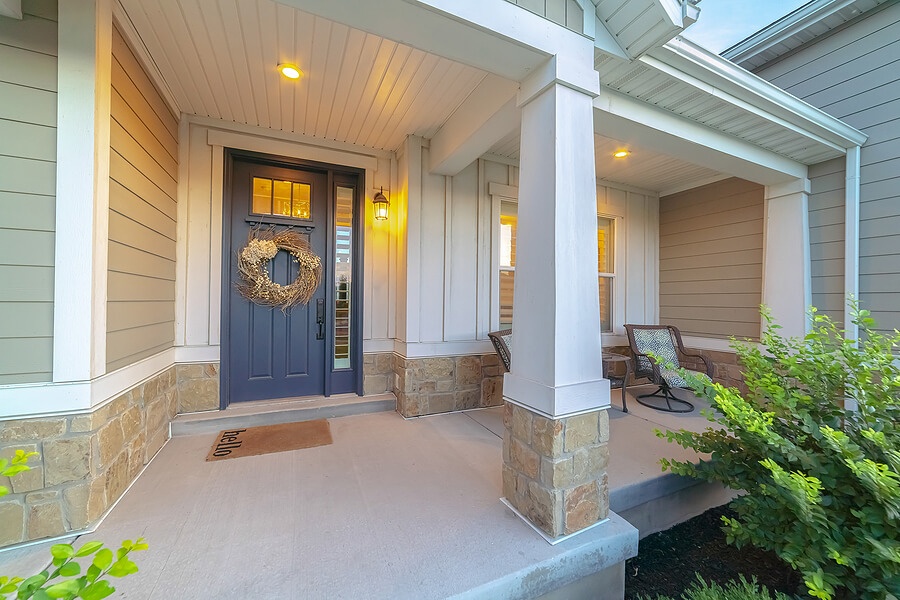
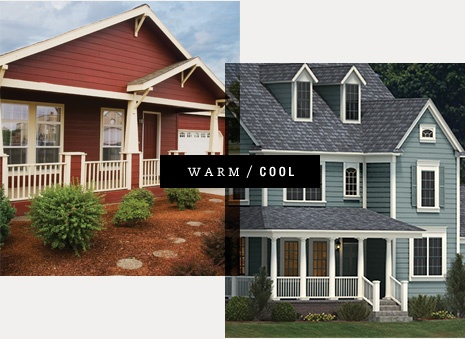
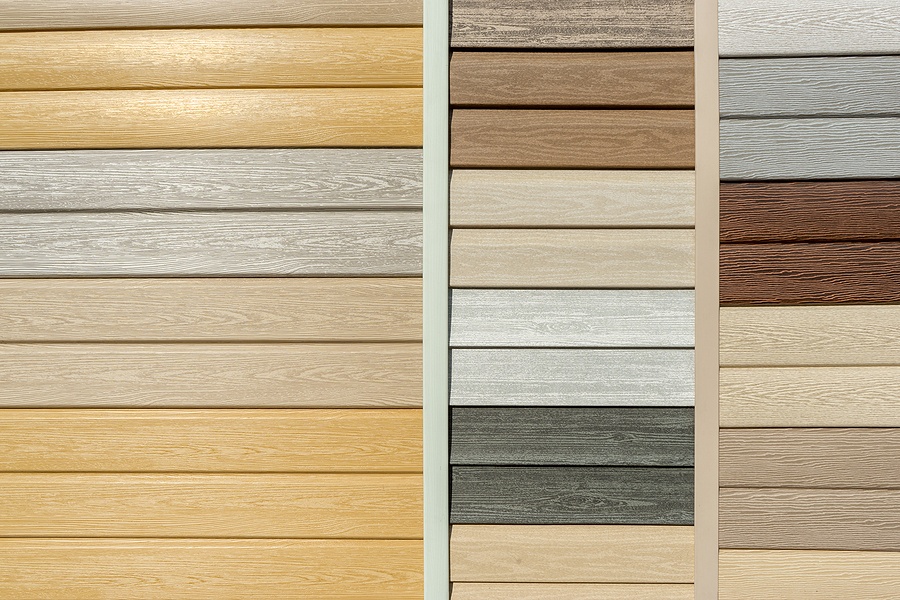
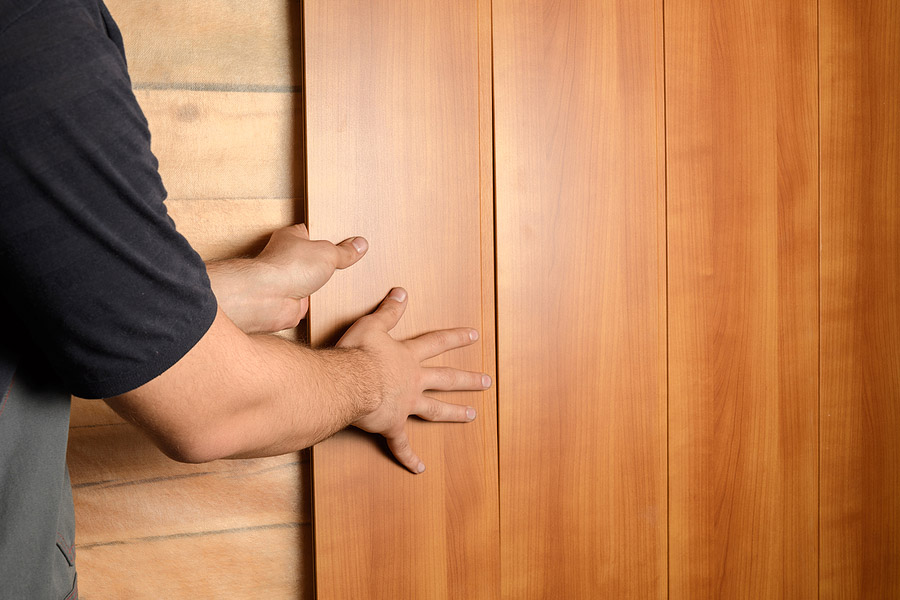
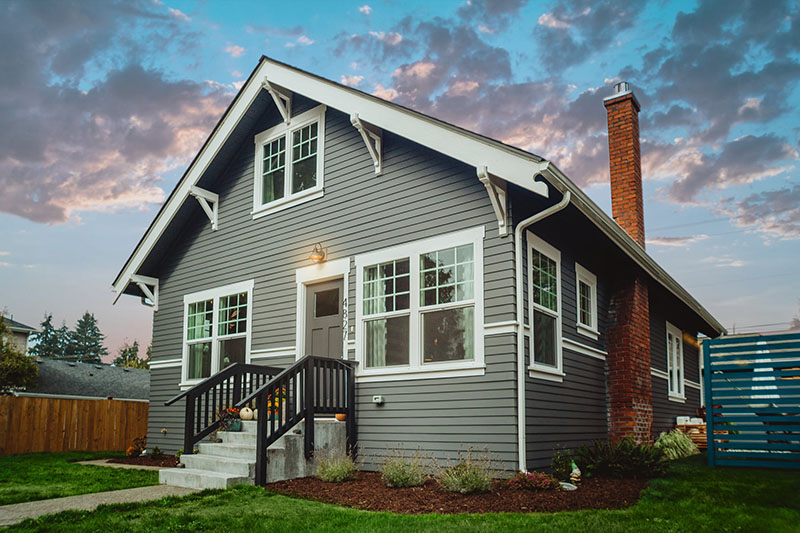
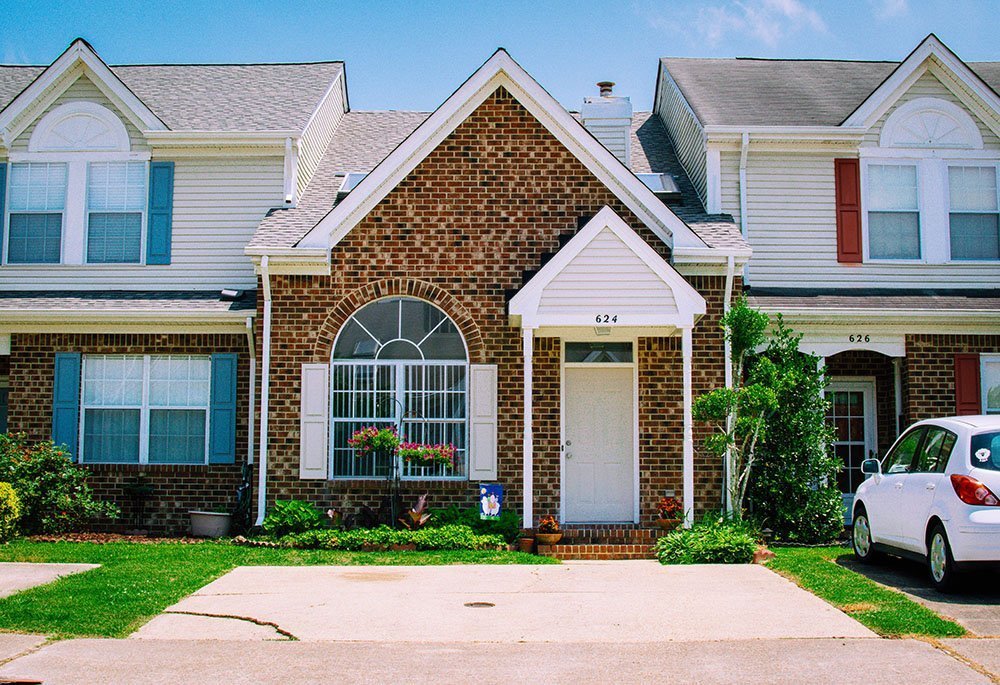
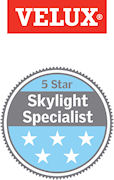
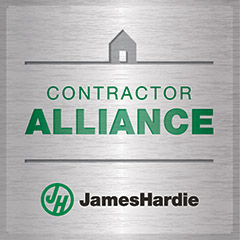
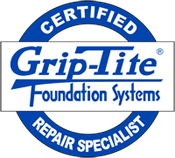
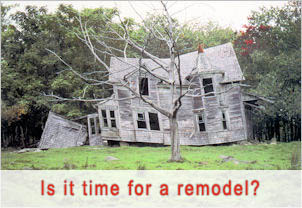
 based on
based on 

